How to Stop Spark Plug Wires from Arcing – Simple Methods to Fix It on Your Own
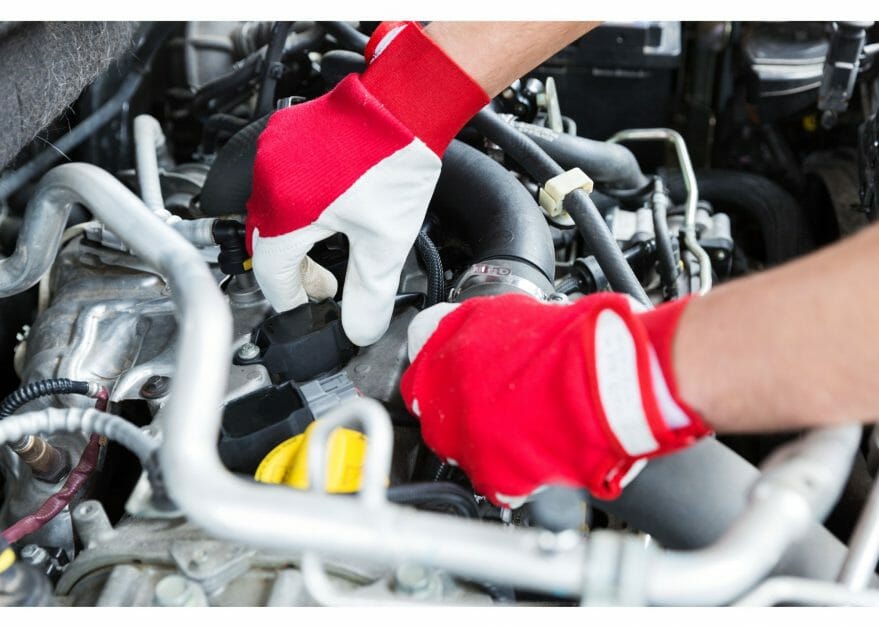
Knowing how to stop spark plugs from arcing will save you from many future problems and help you fix these issues; in the article below, I’ll teach you some quick fixes I have learned over the years.
An electric arc can be observed in spark plugs for many reasons; this occurs in many vehicles and when the spark plug cables are loose or oxidized. Another reason can be that the spark plugs are broken, which can be dangerous.
So, without further ado, I’ll discuss how to avoid arcing.
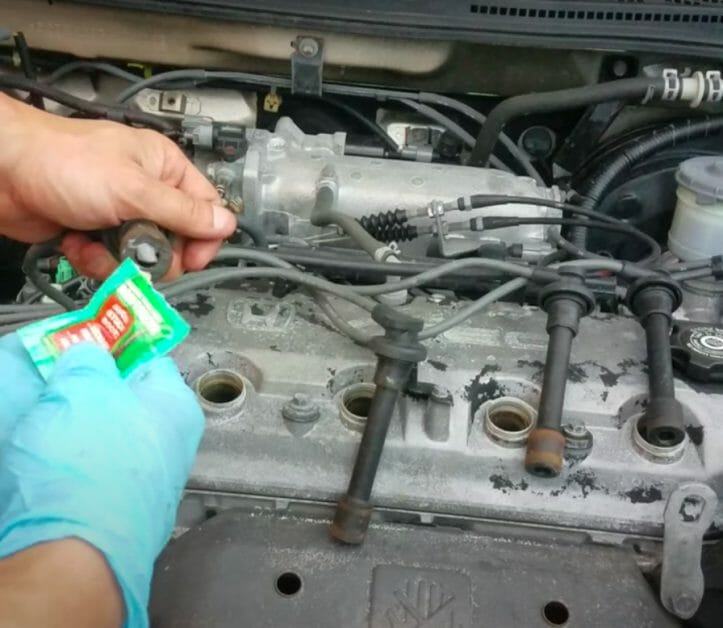
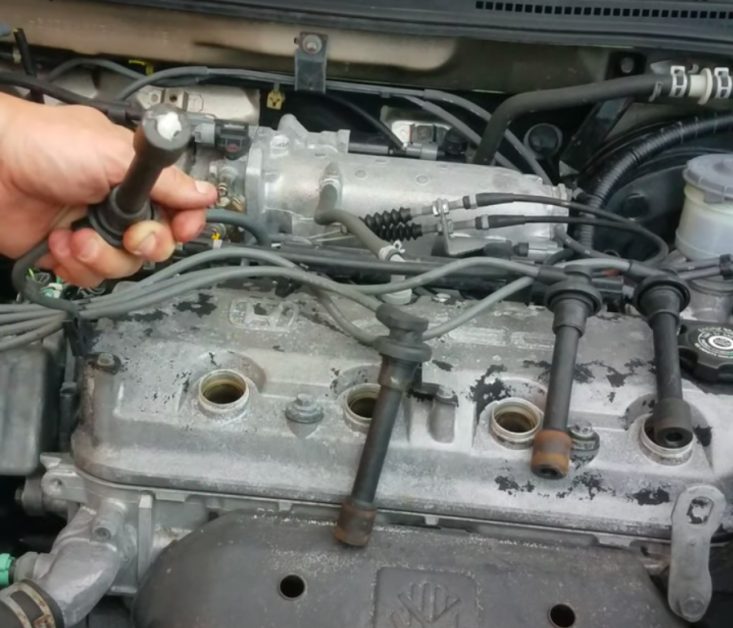
Method 1. Identify the Reason Why Spark Plug Wires Arc and Check for Misfires
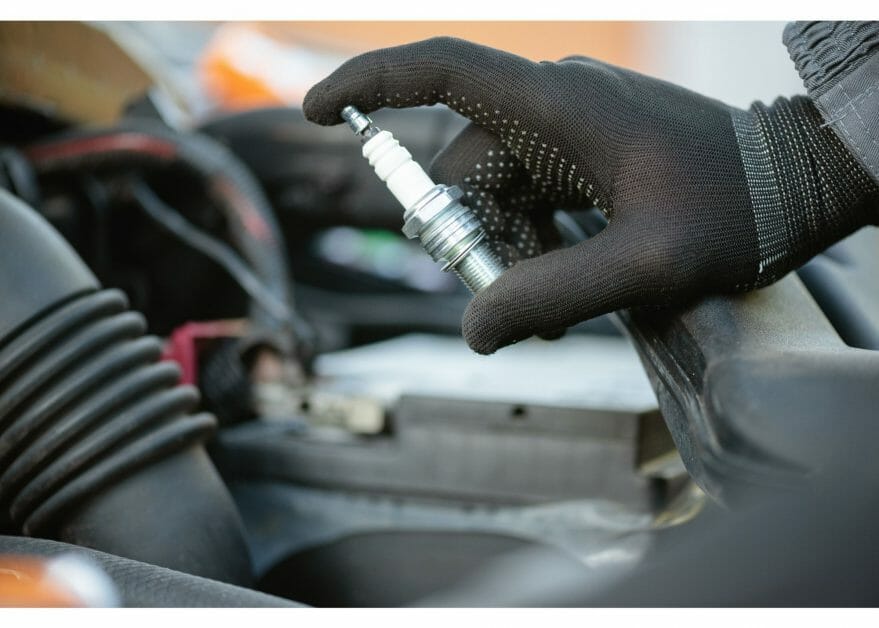
With a basic visual check, you can check your car for misfires. Even if your vehicle is off running immediately, you will notice those electrical arcs in the spark plug wires.
You need to know that the main reason for those spark plug wires arcing can be because the spark plug wires are not properly grounded; you may notice this when the connection starts from the coil and spark plug wires and on the conductors surrounding the area.
But if you notice the electrical arc, the reason is that the voltage from the ignition coil is grounded to the engine block.
The normal operation of spark plugs is voltage passes through the ignition coil. But it won’t have a path back if there’s a bad ground connection, and it makes for no path to arc those spark plug wires.
The spark plug gap should have enough voltage, but if the coil is weak, it will try to provide it, and a gap will be created under the cylinder’s compression.
Then, the coil will decide to generate a spark of lower voltage and be accessible to the ground, which means that the spark cannot jump, so that it will form an arc.
Also, the fact that your vehicle has a weak coil is another common reason spark plug wires arc and will usually be noticeable at ignition.
How to Make a Misfire Diagnosis
Step 1. Run the engine and spray everything down, including the wires and an ignition coil, with water and a spray bottle, and then we’re going to determine if we have a misfire.
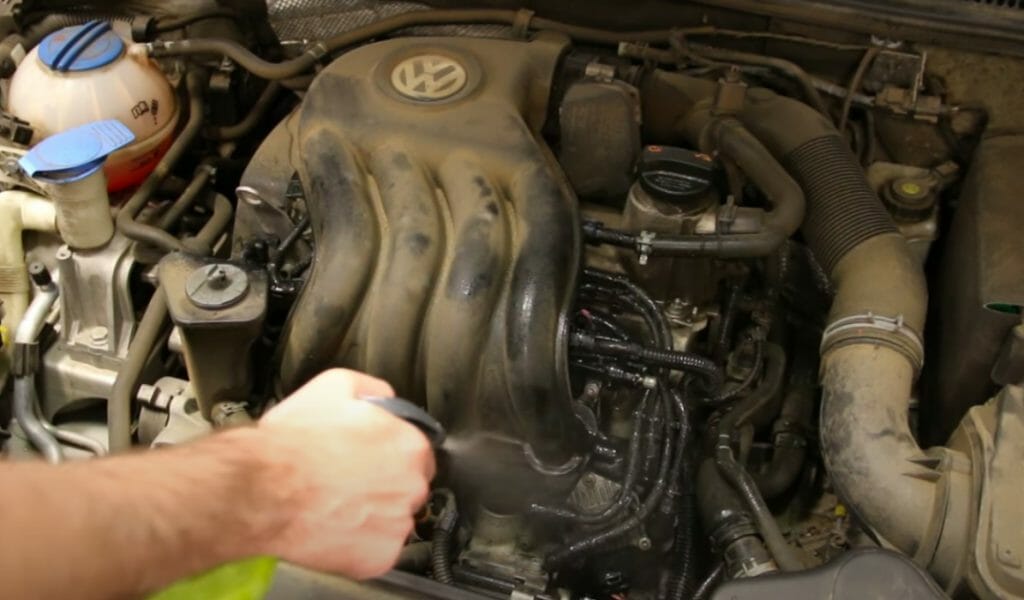
Step 2. If you see any arcing coming from there, spray that down while the engine is running, and the engine will likely start running rough that will tell you if you indeed have some issues around the plug wires or the ignition coil.
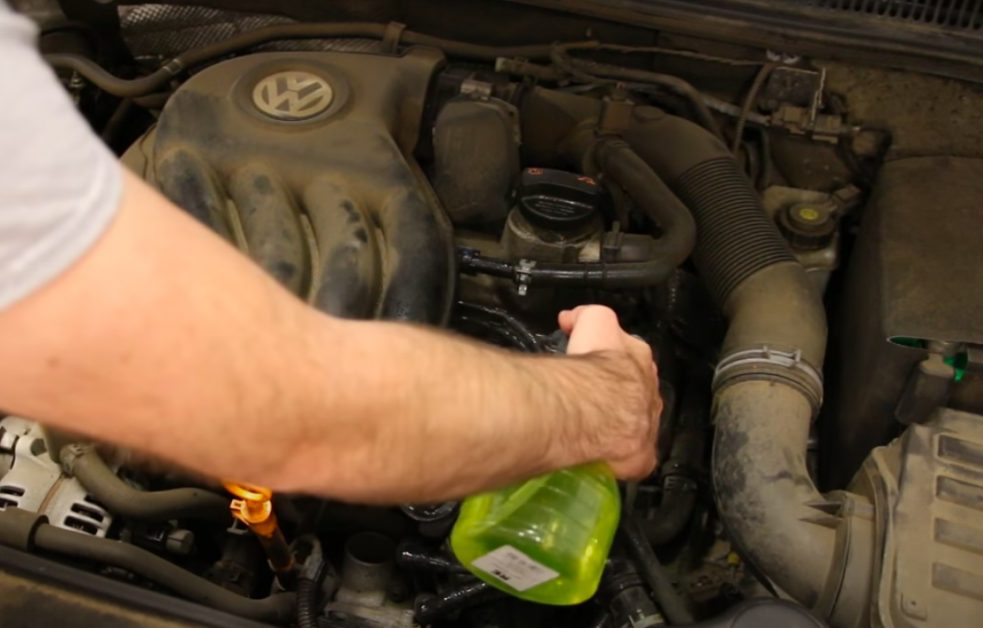
Step 3. This is a great way to diagnose a misfire in that circumstance, and what you would often see would be sparking and arcing between all the different wires or often again coming out of the actual coil.
Method 2. Check for Physical Damage and Repair Any Disconnected Shift Links
Step 1. If it is night, use a flashlight to visually inspect the spark plug wires and check the plug cap. If you can’t identify them with the naked eye, you should notice a line of wires coming out of the cylinder head and joining the other end of the distributor or ignition coil.
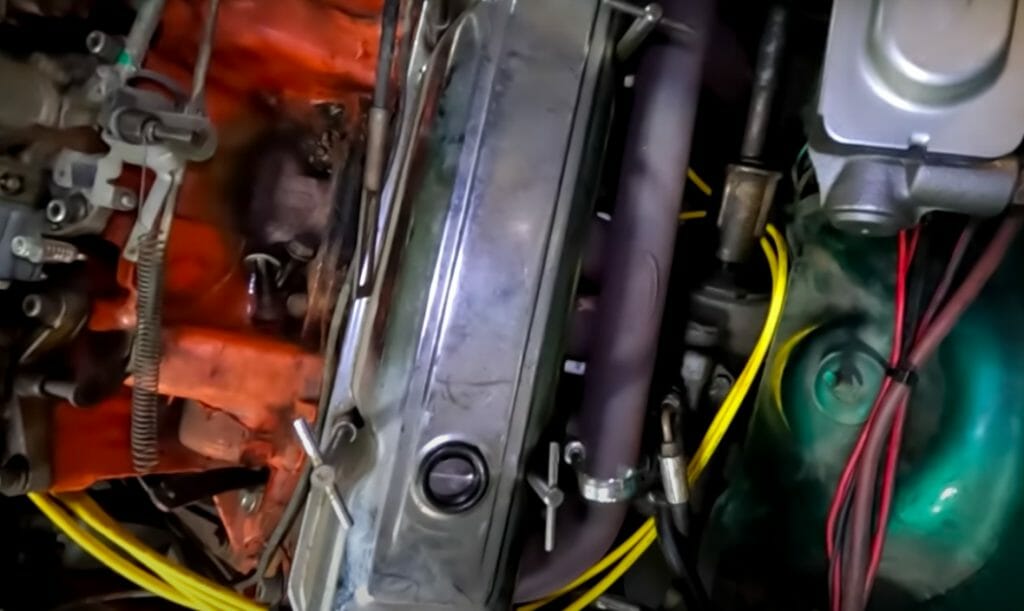
Step 2. Next, you have to examine the insulation around the wires and check every inch along it. To check them properly, follow the wires from the cylinder head to where they join the distributor.
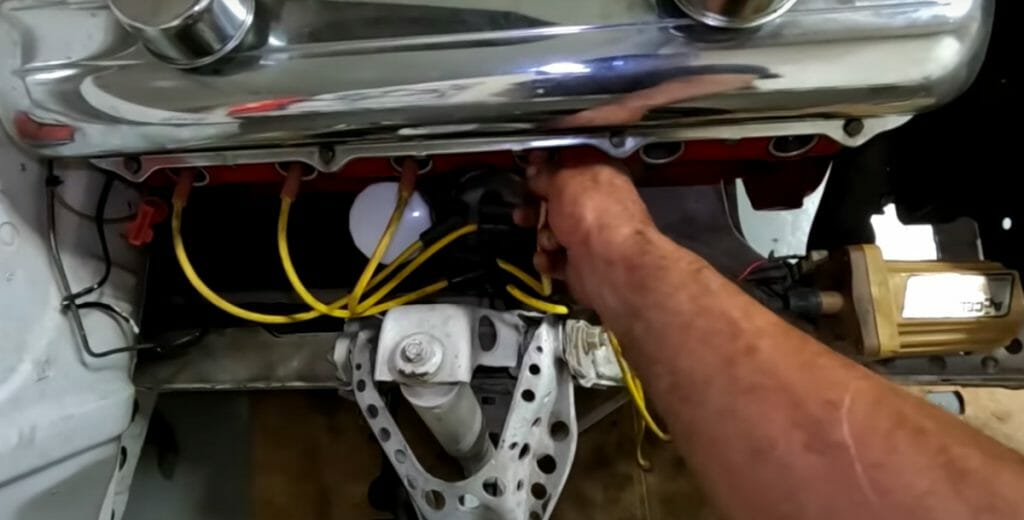
Step 3. Then, lead the end of the cable, ensuring that the clips catch the head of the spark plug. When there is no damage to your parts, they will create pressure to keep the cable and connection secure.
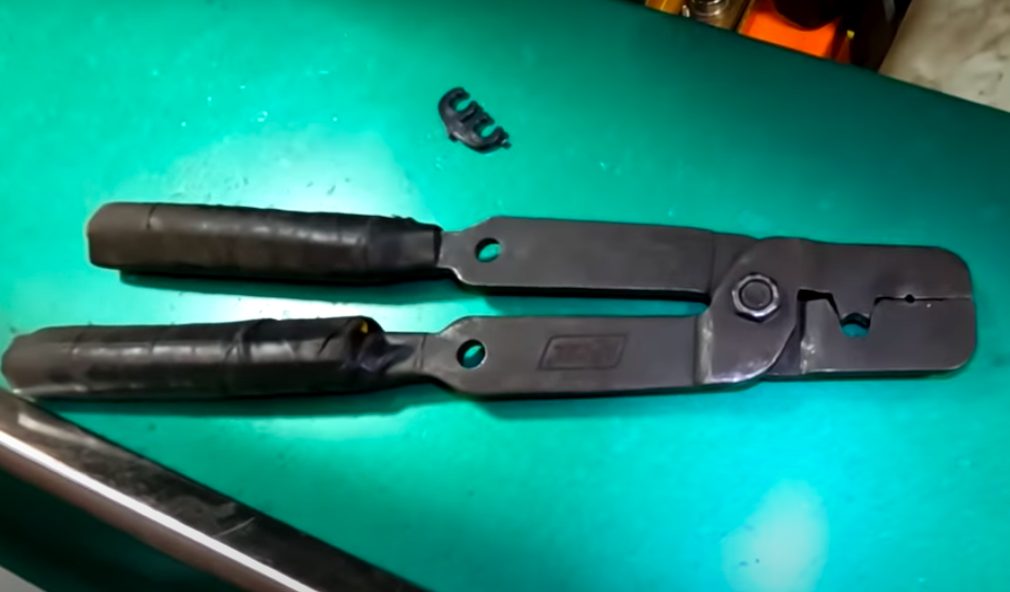
Step 4. Get a cramp tool to crimp the wire as you need to wire in direct contact because if it’s not in direct contact with the metal contact, it fits into the plug or plugs into the distributor cap and will cause a gap in the spark eventually burning the wire.
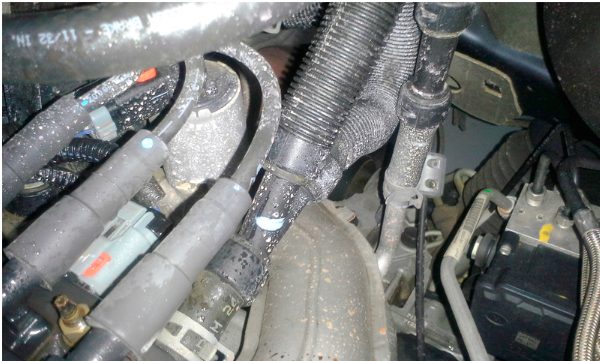
Step 5. If you notice that your shift linkage cable has become disconnected, there will be an unstable flow of electrical current in the engine and a disconnection in the spark plug shift linkage, which will also cause these arcs to form in the spark plug wires.
You should know where the disconnect is in the breaker link; you should repair the disconnect as soon as possible.
Method 3. Carry Out an Inspection with The Engine Running
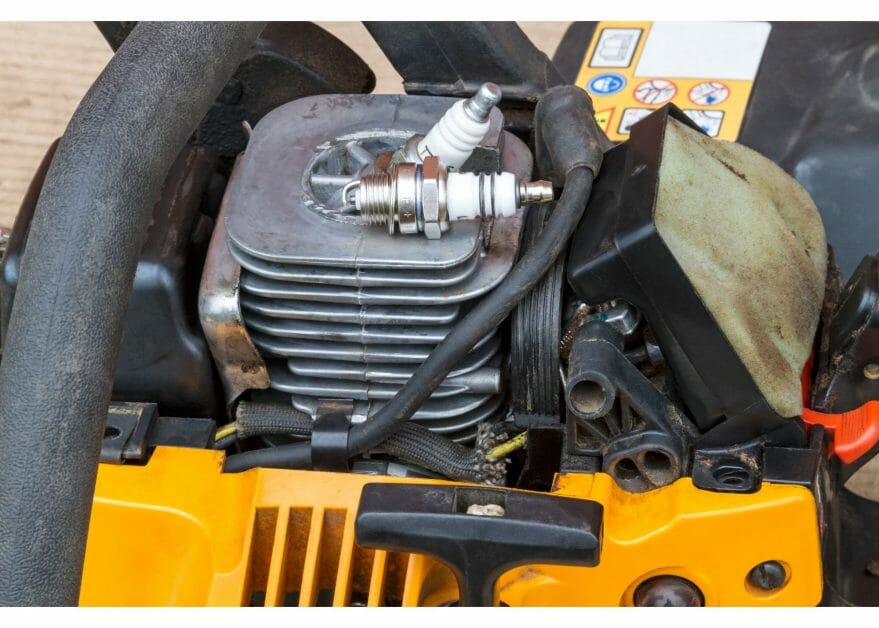
Step 1. Learn to Identify a Problem
It is possible to identify a problem by looking at the engine. So first, you have to look for electrical arcs around the wires on the spark plug.

Step 2. Hear the Sounds of Your Car
You should also pay attention to the sounds, as you will hear a clicking sound that could indicate a high-voltage electrical leak. So you must be careful.

Step 3. Notice Abnormal Changed
Have another person help you by revving the engine while you watch. You should look and listen for abnormal changes, such as arcing in the wires or smoke.
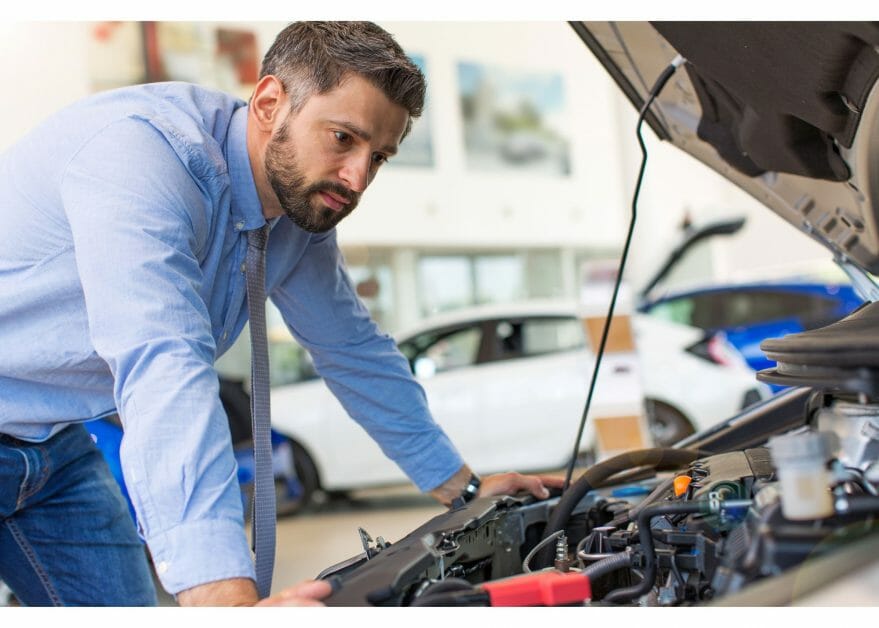
Step 4. Repair the Components
More serious damage will occur if this damage is not controlled and repaired.
This is why it is crucial to regularly check the insides of your vehicle, engine, and vehicle components for some damage. If necessary, you must repair it before further damage severely affects your vehicle and engine.

Step 5. Keep Them Clean
You need to keep the spark plug wires of your vehicle clean to reduce the conduction drain. And don’t assume that crossed wires are a bad sign in your car, as some manufacturers do it to cancel out magnetic fields.
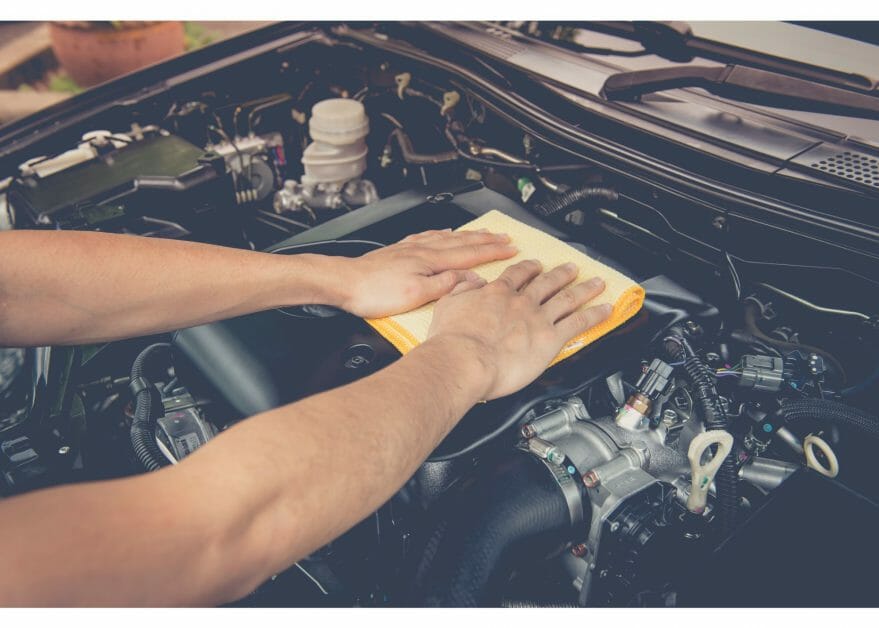
Defective Spark Plug Wires Leave Telltale Signs of Deterioration

If you detect any of these signs, it might be time to replace your spark plug wires:
- Irregular inactivity
- Engine misfire
- Radio interference
- Decreased fuel economy
- Failed emission control tests
- High hydrocarbon emissions
- An error code indicating cylinder misfire
- Check the engine light
You can prevent spark plug arcing by checking them regularly, replacing wires and ignition coils, and looking for a shift linkage disconnect.
References
Website Resources:
- Fuel economy. https://www.sciencedirect.com/topics/engineering/fuel-economy
- Emission control tests. https://www.nationwide.com/lc/resources/auto-insurance/articles/what-is-emissions-testing
